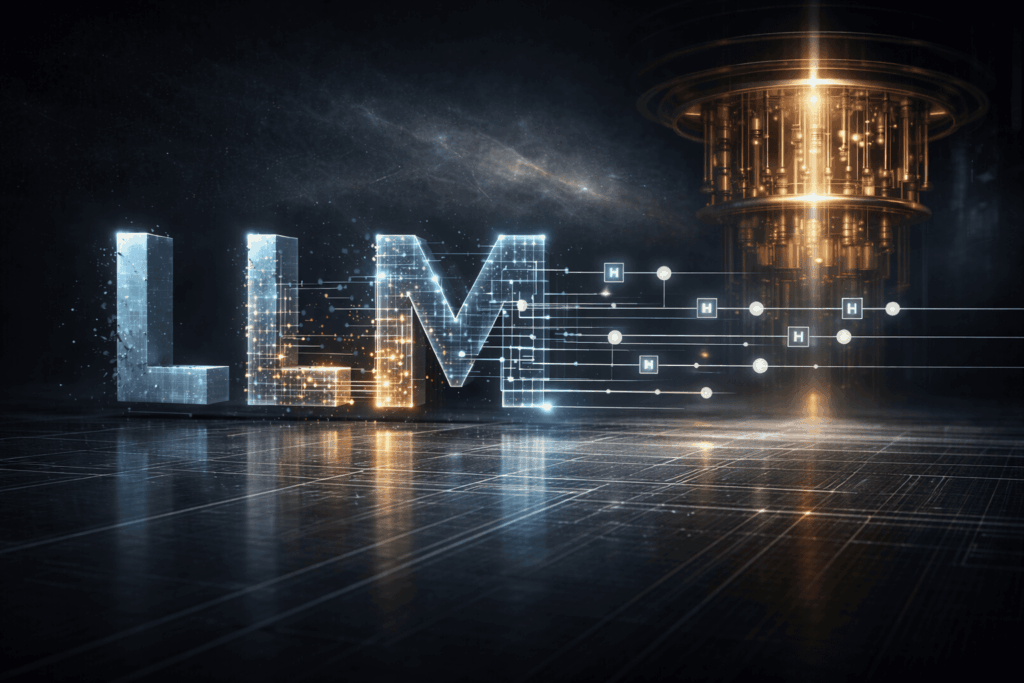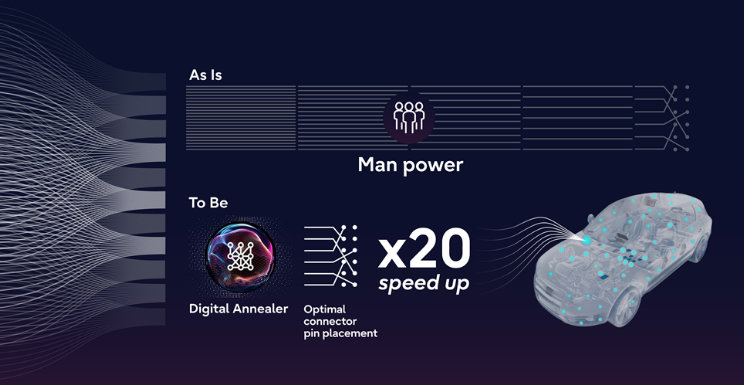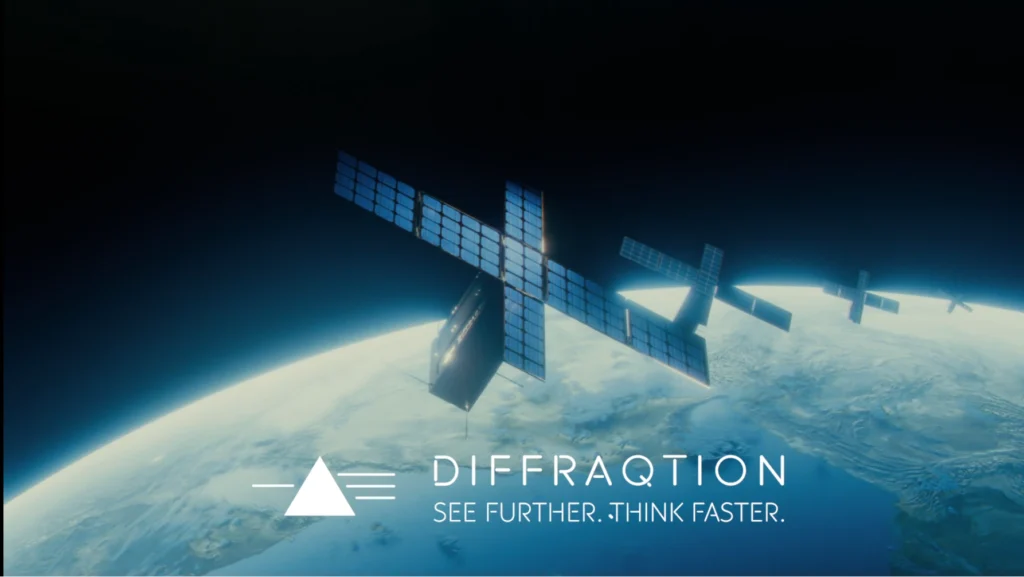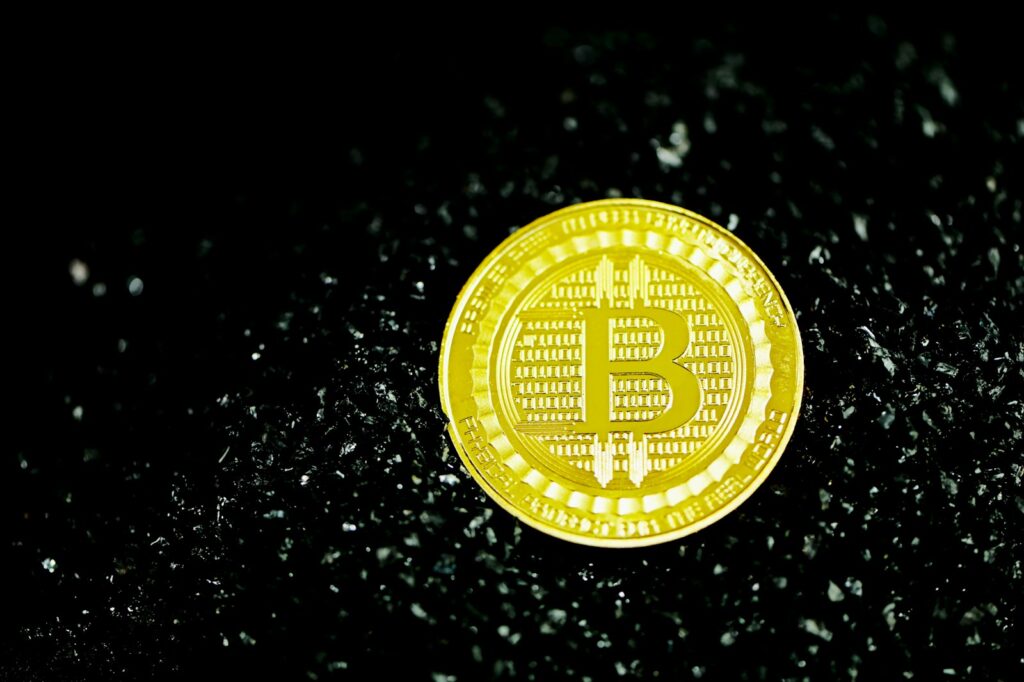Editor’s Note: Quantum entanglement is often referred to as paradoxical. Oh, who am I kidding? It’s weird. If you’re as weirded out by entanglement as I am, or just would like a more parsimonious explanation of the phenomenon, Carl Kocher, Distinguished Visiting Professor, Quantum Foundry, University of California, Santa Barbara and Professor of Physics, Professor Emeritus at Oregon State University, offers this piece on the “strangely wonderful” world of quantum entanglement in Eurekalert, re-published here.
My new article, ‘Quantum Entanglement of Optical Photons: The First Experiment, 1964-67’, is intended to convey the spirit of a small research project that reaches into uncharted territory. The article breaks with tradition, as it offers a first-person account of the strategy and challenges for the experiment, as well as an interpretation of the final result and its significance. In this guest editorial, I will introduce the subject and also attempt to illuminate the question ‘What is a paradox?’
Let’s begin with the gyroscope that I bought when I was eight, from a store that sold novelties and magic tricks. The spinning disk, supported at one end of its shaft, did not fall, but moved slowly around in a horizontal plane. This behavior seems mysterious or paradoxical in the context of common experience that excludes gyroscopes, but makes complete sense in the context of Newtonian mechanics, which resolves the paradox by predicting precisely how gyroscopes will behave.
Quantum theory, conceived in the mid-1920s, has been impressively successful in accounting for the properties and interactions of atoms and molecules. In 1935, Einstein, Podolsky, and Rosen stirred controversy with a thought experiment in which two particles of common origin move apart, noting that quantum theory predicts correlations in subsequent measurements of their spins. The correlation may seem quite puzzling, as a measurement on one of the particles appears to influence a subsequent measurement on the other, even if the particles do not interact. In current terminology, these correlations are an example of entanglement, and the correlation phenomenon is known as the EPR paradox. The puzzle has become a subject for much discussion and analysis, especially because there was (and is) no known mechanism for measurements to communicate with each other.

Disentangling entanglement
In 1964 I was intrigued by this unfamiliar effect and began to think of a way to actually perform the EPR experiment – or at least a version of it – for observing the correlation and entanglement. It would be a low-energy experiment that could be set up in a small laboratory.
For the experiment outlined here, the particles of interest are visible-light photons, which are noninteracting, emitted by excited calcium atoms in a two-stage spontaneous emission process. The polarization states of the photons, which are related to their spins, can be measured simply, with ordinary linear polarizers. Photomultiplier detectors count the individual photons, #1 (green) and #2 (violet), and timing circuits enable the identification of photon pairs from the same atom. A rotatable linear polarizer is mounted in front of each detector.
In simplest terms, the experiment involves counting the rate at which photon pairs are detected, as a function of the orientation of the polarizers. A photon pair detected from the same atom is recorded as a “coincidence count.”
Quantum theory makes the following predictions:
- Each photon, taken separately, has a 50% chance of being transmitted by its polarizer, regardless of its angle of orientation.
- If the polarizer axes are parallel, both photons from the same atom can pass through their polarizers and be counted. Coincidence counts will be observed.
- If the polarizer axes are perpendicular, it never happens that both photons pass through their polarizers. Therefore, no coincidence counts will be observed.
Predictions #1 and #2 are not surprising, as the green and violet beams of light are unpolarized.
Prediction #3, discussed further in my article, is a quantum entanglement effect with no analog in classical (non-quantum) physics. It is especially interesting because it can be tested experimentally. I designed the experiment specifically for this purpose.
The results of the experiment, after nearly three years of effort in the laboratory, clearly demonstrate that coincidence counts are recorded if the polarizer axes are parallel, and that no coincidences are recorded if the polarizers are perpendicular. The agreement between theory and experiment is unequivocal and striking.
So is there a paradox?
In our brief discussion of the gyroscope, no paradox was acknowledged because Newton’s theory (classical dynamics) fully explains how a gyroscope moves. Furthermore, both the theory and the observed gyroscopic behavior are compatible with our life experience and intuitive ability to grasp natural processes in the classical realm.
In the entanglement case, quantum theory accounts for the observed correlation of the photon polarizations. But even when a theory predicts experimental results, a paradox may remain if the intuition cannot reach out to connect with it.
Take another look at predictions #1 and #3 above. If we draw on our experience of life in a non-quantum world, we may notice something very strange when the polarizers are “crossed” at 90 degrees. If each photon has a 50% chance of transmission through its polarizer, why don’t we get coincidences 25% of the time? Instead, we observe none at all. At first consideration, this does seem to qualify as a paradox. One possible explanation could involve a missing component of quantum theory – perhaps a causal mechanism that could allow one photon, or one measurement, to communicate with the other. However, despite extensive research, no evidence has been found for such a mechanism.
As we do not live in an overtly quantum world, classical phenomena may influence our thought processes – even when we venture into the quantum realm. It may therefore remain a challenge to assimilate entanglement into the intuition. I believe that the paradox can be at least partially resolved when further thought and experience, such as the experiment considered here, ‘stretch the mind’ to more fully embrace entanglement and other quantum phenomena.
I have come to view these aspects of nature as ‘strangely wonderful’.


















